
Mechanical Engineering
Advanced electronic/optoelectronic technologies designed to allow stable, intimate integration with living organisms will accelerate progress in biomedical research; they will also serve as the foundations for new approaches in monitoring and treating diseases.
- Management Strategy 4
- Management Strategy 5
- Product Data Management 3
- Operations Management 4

- Ph.D. "Violent wave action at seawalls and breakwaters", 2006
- BSc (hons) Astrophysics, University of Edinburgh, 1987
- MSc Astronomical Technology, University of Edinburgh, 1988
- Co-Manager, EPSRC Coastal Structures Network
- Full member, International Society of Offshore and Polar Engineers (ISOPE)
- Wave - structure interaction
- Wave hydrodynamics
- Flow measurement - Particle Image Velocimetry (PIV)
- Associate Schools Liaison Officer (with SRA)
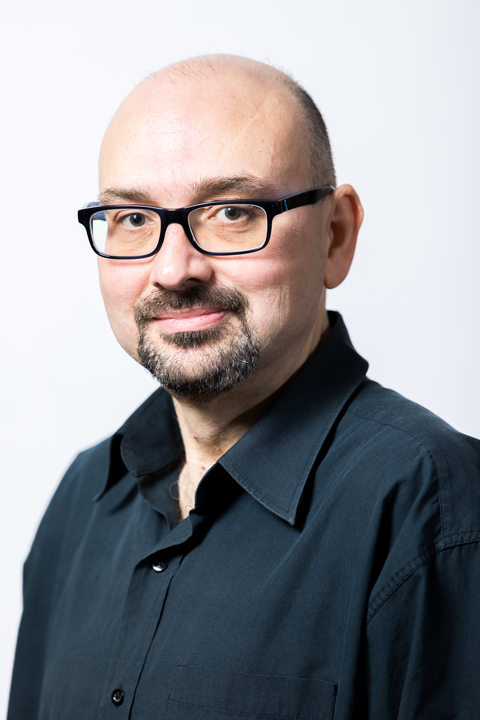
Vasileios Koutsos, FInstP, FIMMM, CEng MIMechE, FHEA, is a Professor (Chair in Soft Materials and Surfaces) with the Institute for Materials and Processes, in the School of Engineering. Formerly a Marie Curie Post-Doctoral Research Fellow at the Laboratory of Condensed Matter Physics in Collège de France (Paris, France, 1998-2000), he holds a BSc in Physics (Physics Department, Aristotle University of Thessaloniki, Thessaloniki, Greece, 1992) and a PhD in Polymer Science (Chemistry Department & Materials Science Centre, University of Groningen, Groningen, The Netherlands, 1997).
- Ph.D. in Polymer Science, University of Groningen, The Netherlands, 1997
- B.Sc. in Physics, Aristotle University of Thessaloniki, Greece, 1992
- Chartered Engineer and Member, Institution of Mechanical Engineers, CEng MIMechE
- Fellow, Institute of Physics, FInstP
- Fellow, Institute of Materials, Minerals and Mining, FIMMM
- Fellow, Higher Education Academy, FHEA
Current:
- Course Organiser of Industrial/European Placement 4 (MEng)
- Course Organiser of Professional Issues for Mechanical Engineers 3 (BEng/MEng)
- Final Year Mechanical Engineering Individual Project Supervision (BEng/MEng)
- Industrial/European Placement Supervision (MEng)
- Digital Design and Manufacture (DDM) M.Sc. Project Supervision
Major Past Teaching:
- Surface Engineering and Coatings 5
- Polymers and Composite Materials 4
- Polymer Science and Engineering 5
- Dynamics 4
- Advanced Materials 5
- Nanotechnology 5
- Thermodynamics 2
- Mechanical Engineering 2nd Year Laboratory; 12 experiments in dynamics, thermodynamics, fluids, and structures
- Polymers, Complex Fluids, and Soft Condensed Matter
- Surfaces and Interfaces
- Materials Science and Engineering
- Composites and Nanocomposites
- Recycling and Sustainability
- Adhesion and Tribology
- Mechanics of Materials
- Thin Films and Coatings
- Materials for Energy
- Materials for Biomedical Applications
- Self Assembly of Polymers and Nanoparticles on Surfaces
- Surface Metrology and Characterisation
- Atomic Force Microscopy (AFM)
- Soft Coatings
- Elastomers and gels
- Micro/nanomechanics
- Wettability of Surfaces, Wetting, Dewetting
- Additive manufacturing
- Electrospinning
- Deputy Head of the Institute for Materials and Processes (IMP)
- Deputy Director of Mechanical Engineering
- Link to Google Scholar
- Link to Linkedin
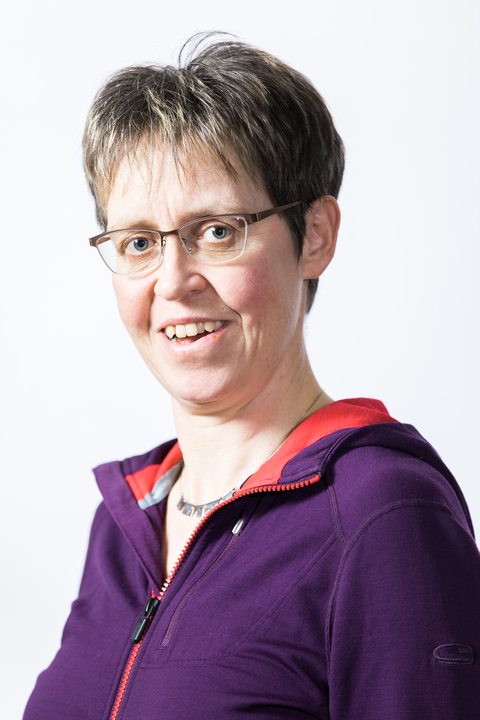
- PhD (Sheffield)
- Ice and snow mechanics
- Winter sports engineering (skiing, curling)
- Casting, forming, heat treatment, HIPping
- Avalanches, ice friction
- Processing/microstructure/property relationships in metals
- High temperature alloys, intermetallics and coatings, metal foams

Professor Win Rampen was a founder and Managing Director of Artemis Intelligent Power which has pioneered the development of the ultra-efficient and controllable Digital Displacement ® hydraulic technology. Since its creation in 1994, Win has overseen the growth of Artemis to 50 employees.
Win grew up on a farm near Toronto before training as an engineer. After graduation, he came to the UK in 1978 to work with Professor Stephen Salter and his wave power team at the University of Edinburgh. It was there that he first encountered Robert Clerk and his radical hydraulic machines - which were intended for the Salter Duck's power take-off system.
After a few years working as a lecturer in Canada, during the 1980s, Win returned to the University to continue working on the advanced hydraulic machines needed not only for waves but, also, other forms of renewable energy. Win led the project at the University and developed the early prototypes. That work led to a doctorate in 1993 and the creation of Artemis in 1994. Artemis grew organically until it was acquired by Mitsubishi in 2010.
Win holds the Chair of Energy Storage at the University of Edinburgh and is a Fellow of the RSA, the IMechE and the Royal Academy of Engineering.
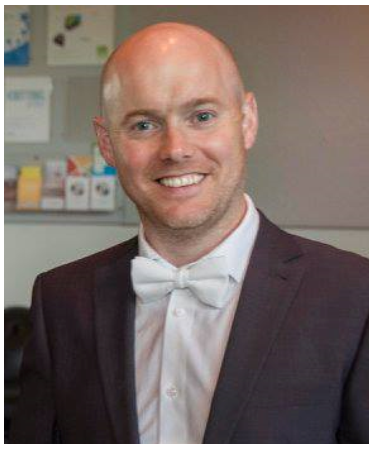
- Diploma in Project Management - Dublin Business School, 2010
- PhD Biomedical Engineering, University of Limerick, 2009
- BEng Mechanical Engineering, University of Limerick, 2002
- National Certificate Mechanical Engineering, Galway-Mayo Institute of Technology, 1999
- Senior Lecture, August 2018 - Present
- Lecture, January 2018 - July 2018
- Chancellor's Fellow, January 2013 - December 2017
- IRCSET/Marie-Curie Research Fellowship, (Phase 2) National University of Ireland Galway 2012 - 2013
- IRCSET/Marie-Curie Research Fellowship, (Phase 1) Imperial College London 2010 - 2012
- Postdoctoral Researcher - Department of Mechanical and Aeronautical Engineering, University of Limerick 2009 - 2010
- International collaboration - University of Pittsburgh, USA (3 months) 2005
- PhD Biomedical Engineering, University of Durham, 1999
- BSc Mechanical Engineering, University of Durham, 1993
- MSc Bioengineering, University of Strathclyde, 1994
- Member, Optical Society of America
- Member, Society of Applied Spectroscopists
- Fellow of the Society of Biology
- Member, European Society for Biomaterials
- Active member, Orthopaedic Research Society
- Director of the BBSRC Synthetic Biology Network on Standardisation
- US-UK Fulbright Commission, Distinguished Scholars Award, University of California Berkeley, 2003
- EPSRC Advanced Research Fellowship, 2004-2009
- Royal Academy of Engineering, Global Research Award, University of California Berkeley, 2003
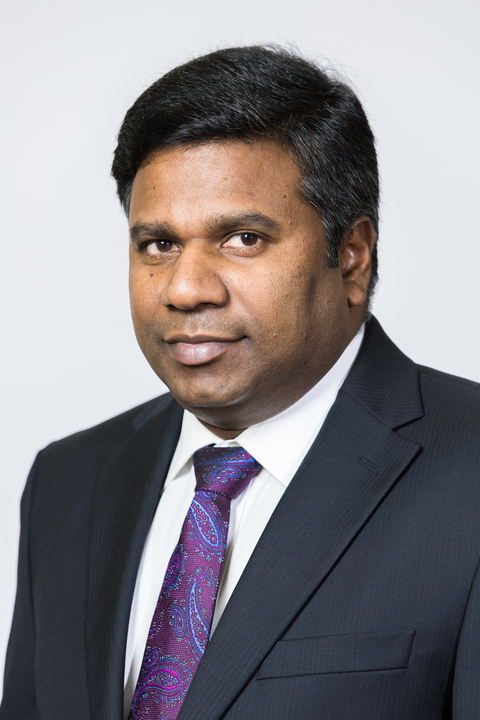
- PhD in Ocean Engineering, University of Glasgow, United Kingdom
- B.Tech (Bachelor of Technology) in Civil Engineering, India
- M.Tech (Master of Technology) in Ocean Engineering, Indian Institute of Technology (IIT), Chennai, India
- Member of Engineering Committee on Oceanic Resources (ECOR), RINA
- Marine Energy-5
- Solid Mechanics 3 [Mechanical Engineering]
- Mechanical Engineering Fundamentals Renewable Energy [MSc in Sustainable Energy Systems]
- Wave Energy
- Wave-current loadings on Offshore Structures
- Model testing of Offshore/Coastal structures
- Numerical and Physical wave modeling
- Ocean wave analysis and Statistics
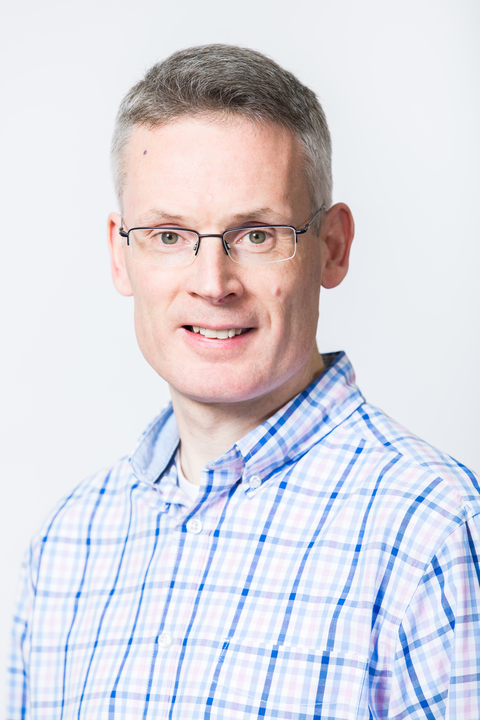
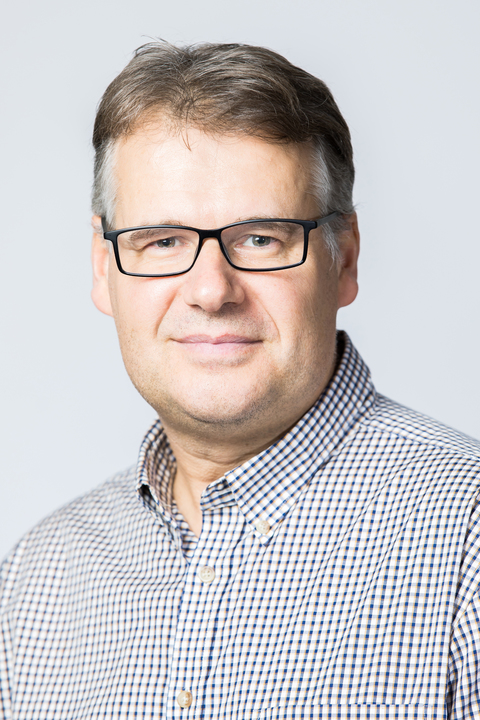
Henry began his career in the energy business within the North Sea oil and gas industry and in 1998 he made the radical move into the emerging commercial marine renewables sector.
- 1994-1998 BEng (Hons) Mechanical Engineering: 1st class Honours
- 2004-2006 MBA Aberdeen Business School
